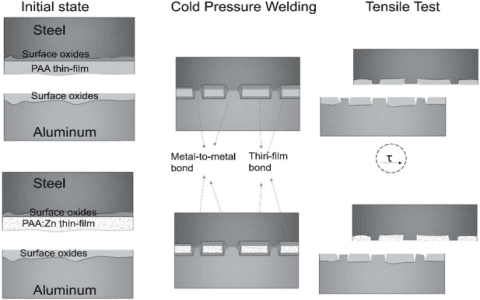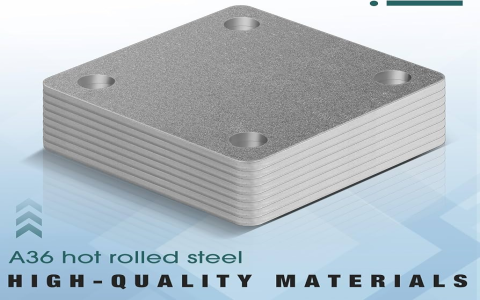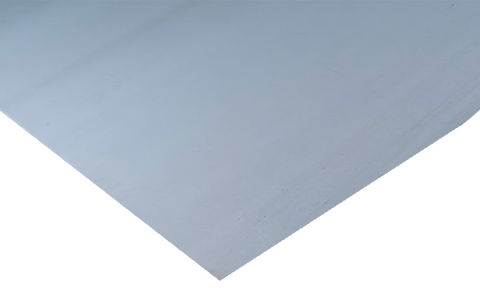What is Aluminised Steel
Now, you might be wondering, what’s this aluminised steel everyone talks about? Well, it’s just regular steel, but it’s got itself a coat – not a fancy one, but a special layer of aluminum, sometimes mixed with a bit of silicon. This layer is added by dipping the steel into hot, melted aluminum, like a big bath. This coating sticks on real good, and that’s what makes it different from regular old steel. Just like putting a raincoat on before heading out, that aluminum layer helps keep the steel from rusting and handles the heat a bit better too.


Why Use Aluminised Steel?
Now, why would anyone go through all this trouble to coat steel with aluminum? There’s a couple reasons. First off, aluminised steel is tough against rust and corrosion. Think of it like a farm tool – you want something that’ll last through the rain and rough weather without falling apart. Aluminised steel does just that! It’s also stronger than plain aluminum but doesn’t get rusty like regular steel. That makes it great for things that gotta stand the heat and won’t chip or crack easily.
How Aluminised Steel is Made
This aluminised steel isn’t made in just any old way. It’s usually made by a process called hot-dipping. Imagine you’ve got a big pot of hot, molten aluminum, just bubbling away. You take clean steel, dip it in that hot aluminum, and let it dry up. The aluminum coats the steel, making it shiny and tough. Sometimes they mix a bit of silicon with the aluminum to make it stick even better – it’s like adding a bit of glue to make sure it won’t peel off.
That’s not the only way to make aluminised steel, but it’s the most popular way because it’s sturdy and lasts a long time. Other methods like cladding or metallizing are used too, but they don’t always make as strong a bond.
Types of Aluminised Steel
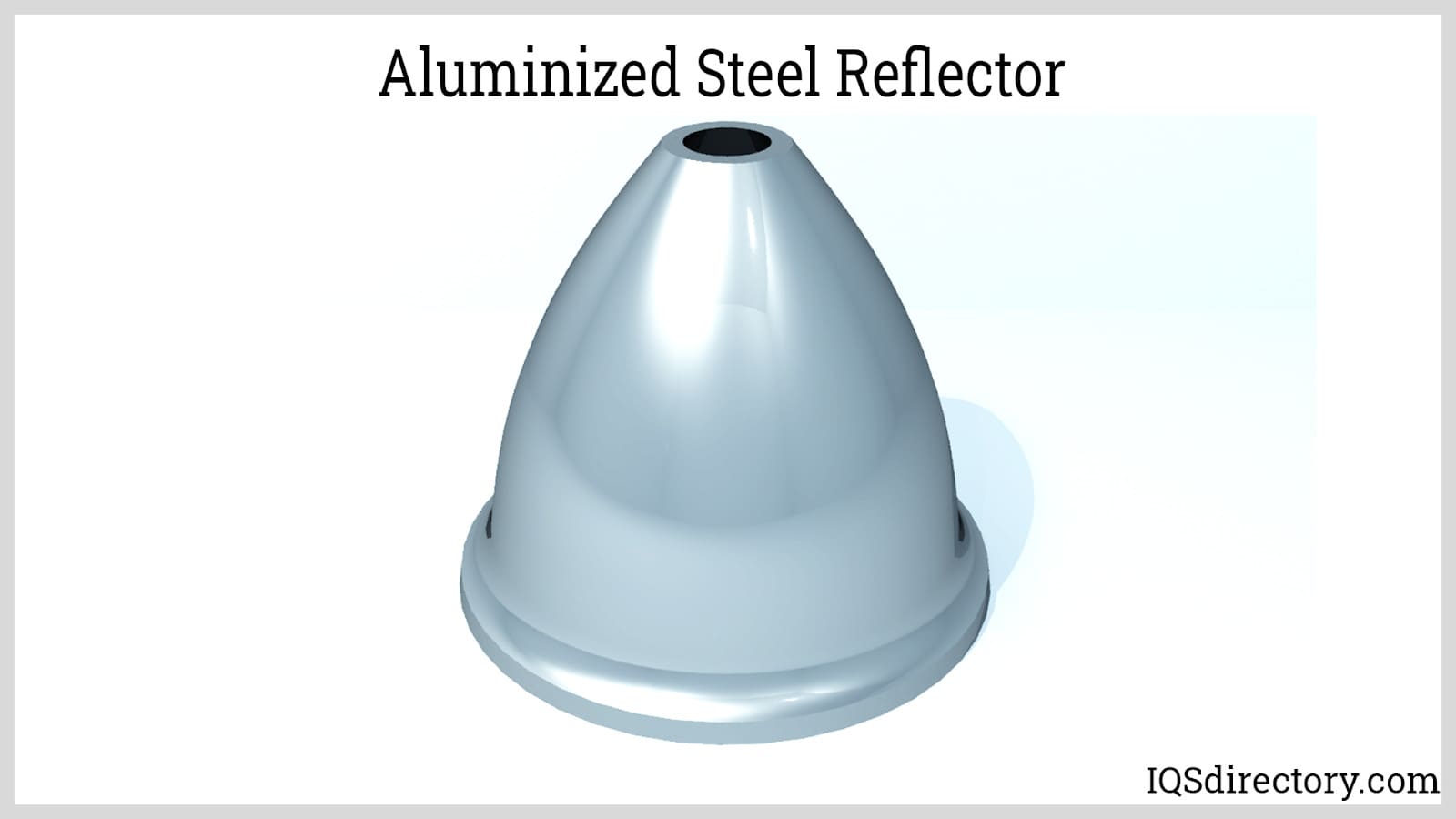

Now, aluminised steel comes in different types. Type 1 is the most common, coated with a mix of aluminum and silicon, making it extra tough. Then, you’ve got Type 2 – pure aluminum coating without the silicon. Both types are strong, but Type 1 is especially good at handling high heat without cracking or rusting, which is why you’ll see it in things like ovens, grills, and heaters.
Properties of Aluminised Steel
Let’s talk about what makes aluminised steel different. It’s not just any regular coating – it’s got a special layer setup. First, you’ve got the outside aluminum coating that fights off rust. Under that, there’s a middle layer where aluminum, silicon, and steel mix up, making a real tough bond. And deep down, it’s still plain old steel, which gives it strength.
- Rust-Resistant: That outer aluminum coating stops rust from getting to the steel. But if the coating gets chipped or scratched, the steel underneath can still rust.
- Handles High Heat: Unlike regular steel that might bend or weaken, aluminised steel stands up to heat, perfect for furnaces, heaters, and even kitchen ovens.
- Stronger Than Aluminum: Aluminised steel keeps the toughness of steel but doesn’t rust as easily. That’s why you see it in places where both strength and resistance to weather are important.
Uses of Aluminised Steel
You might be surprised to know aluminised steel is in all sorts of things around the home and outdoors. For instance, it’s used in water heaters, grills, kitchen ovens, and even automobile mufflers. It’s popular in places where heat or moisture would normally wear things out quick, and it doesn’t have to look fancy – just strong and long-lasting.
On farms, it’s even used for silos, because it can handle rain and harsh weather without rusting away. Some folks use it for exhaust systems too, where there’s a lot of heat. It’s a reliable material that keeps costs low but lasts long.
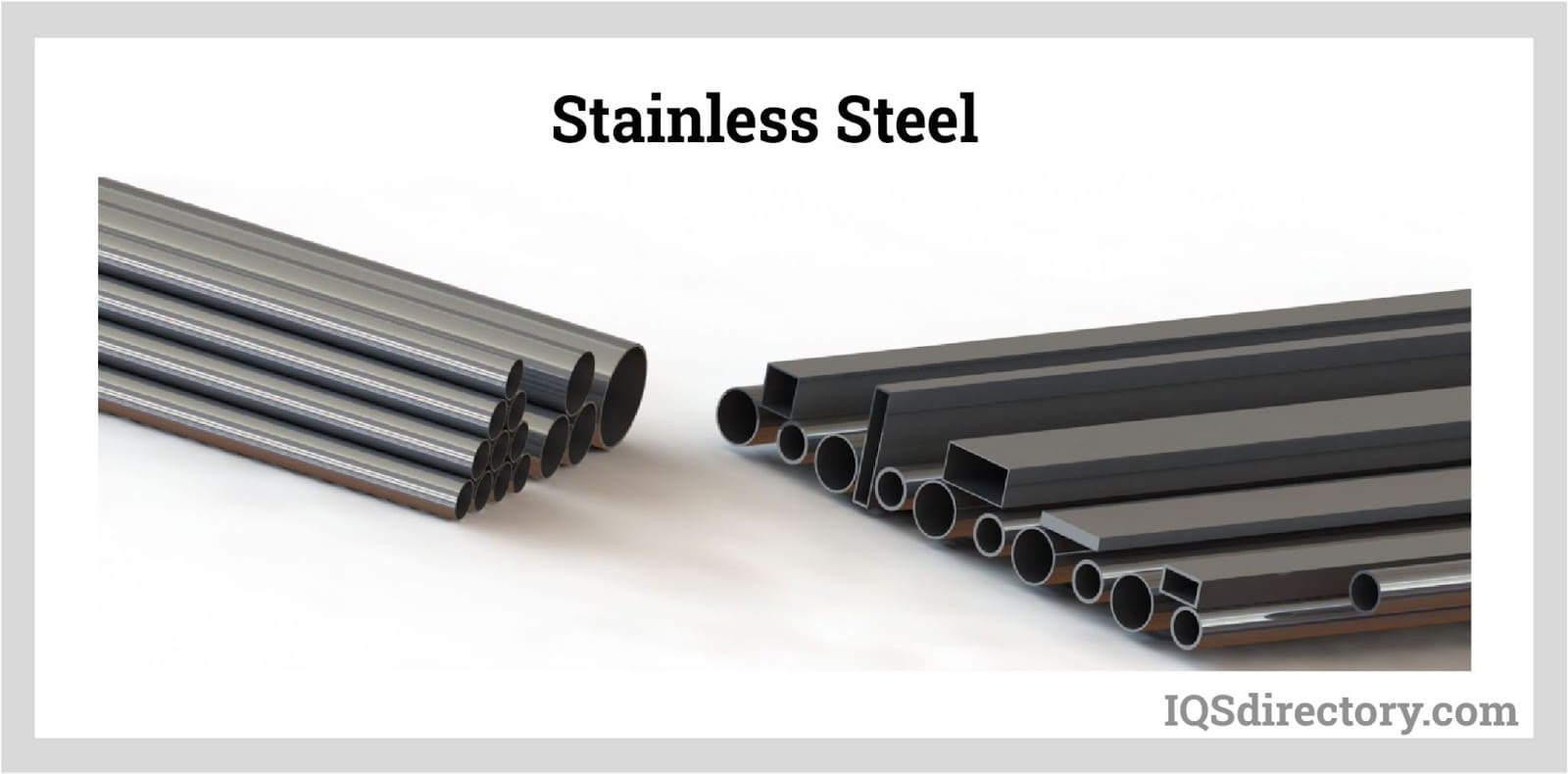

Advantages and Drawbacks of Aluminised Steel
- Advantages: Aluminised steel holds up better in wet and hot places. It’s stronger than plain aluminum and doesn’t rust like regular steel. Plus, it’s cost-effective for things that don’t need a fancy look but need to work hard.
- Drawbacks: Now, if that outer layer chips or gets damaged, it can rust just like any steel. And it doesn’t have the shiny appeal of stainless steel, so for things that need to look good, aluminised steel might not be the best pick.
Conclusion
In the end, aluminised steel is a strong, rust-resistant option for a whole lot of things. Whether you need it for kitchen appliances, outdoor farm equipment, or even a car muffler, this coated steel’s got you covered. It may not be fancy, but it’s a sturdy and reliable material, especially where heat and moisture are involved.
Tags: [Aluminised Steel, What is Aluminised Steel, Properties of Aluminised Steel, Uses of Aluminised Steel
